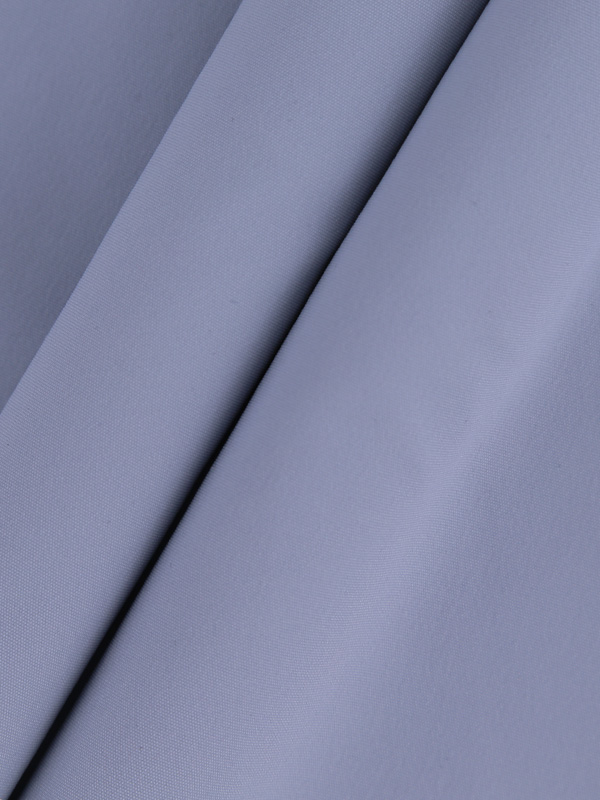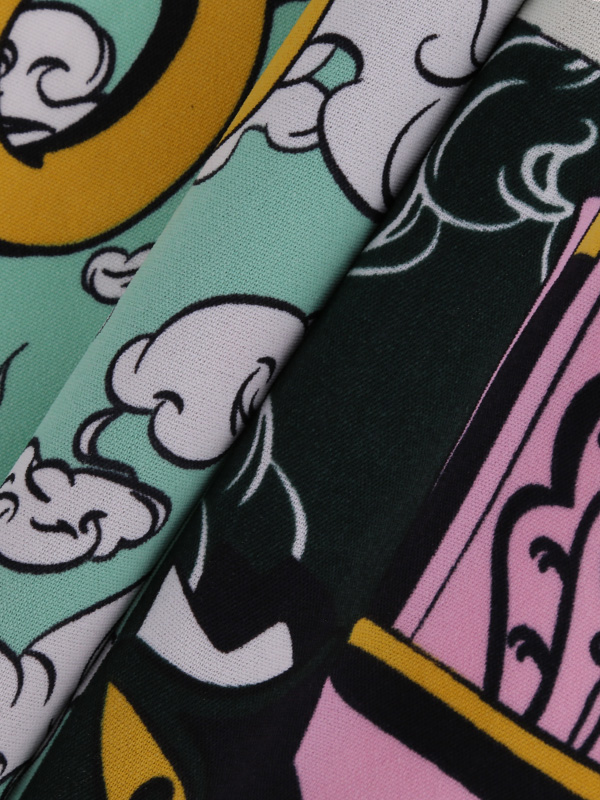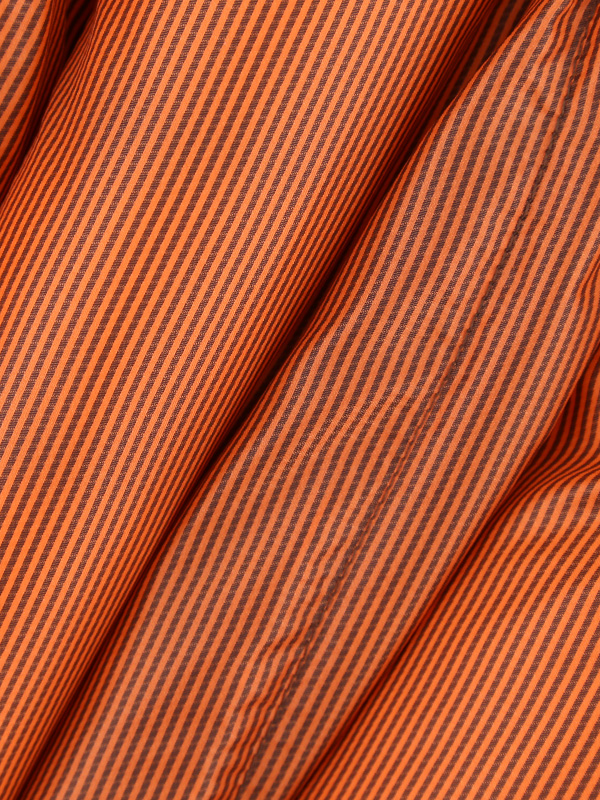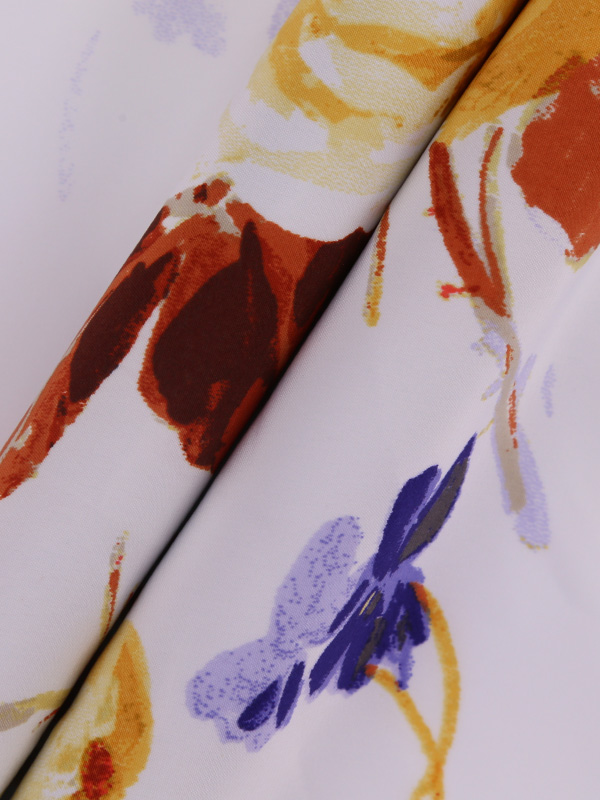What Is A Functional Fabric?
Functional fabrics are typically used to add functionality to a building without adding mass, weight or expense to the structure. They may be used in place of other materials like traditional materials that may be associated with a certain type of building construction, or they may be used in place of glass and brick tiles. This is because they do not add weight, bulk or expense to the structure, but can actually increase the energy efficiency of the building. Functional materials are also ideal for use as insulation for both inside and out. A functional material may also reduce or even eliminate the need for structural additions such as concrete, steel, granite or wood.
There is no reason why functional textiles should not be used on the exterior walls of a building in order to maximize their energy efficiency and to make the building more attractive to visitors. Functional fabrics include: performance polyester (PVC), PVC laminate, polyester tote, polypropylene (PP), cork fiber, duracord, nylon and Spandex. Some of these materials have high performance days and others have low performance days. What this means is that the materials used for decorative purposes in the building will determine how well the building performs in terms of its energy efficiency, comfort, noise reduction and resistance to ultraviolet light (UV) degradation. The type of functional textiles used for exteriors will be determined by the building's purpose.
For example, a textile that is required for the flooring of a bowling alley might perform well, but would be quite pointless if it were used for the walls. In fact, it would be a complete waste of money, since the bowling alley would need to buy a set of new bowling alleys rather than having the textile on hand and be able to use it. The same goes for any industrial, commercial or office complex. Industrial textile manufacturers must invest in the manufacturing of certain fabrics in order to make them useful in building exteriors. This would require them to create a functional fabric, which could be used for both interior and exterior applications.
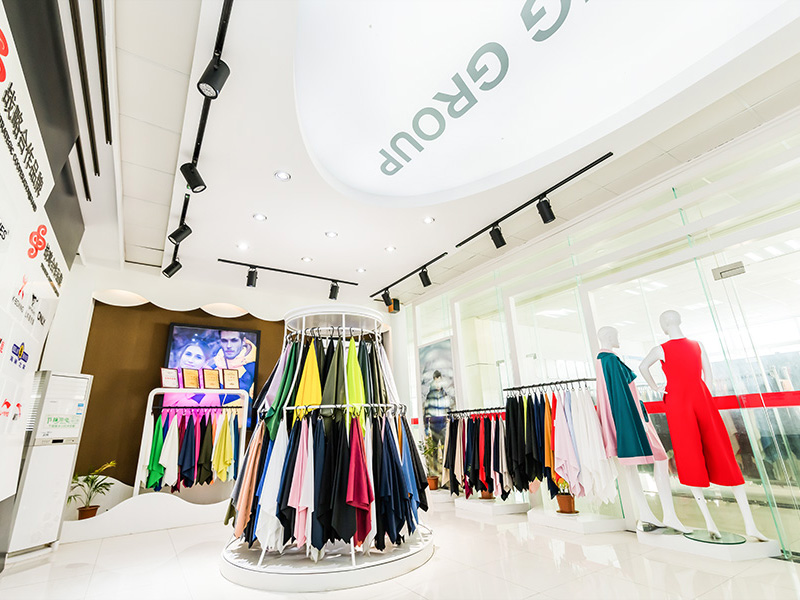
In terms of smart textiles, they can provide much the same benefits as functional textiles, with one or two minor differences. These differences refer to the manufacturing processes that are required in order to get them ready for use, such as dye sublimation, laser sintering and cold roll forming. By using these processes, you can reduce cost, increase durability and save energy. These are benefits that every smart textile manufacturer should consider, especially if their aim is to make products that last for years.
Functional fabric is made by weaving yarns of varying densities and strengths together in order to create a sturdy, flexible material that has a soft, comfortable feel. Most functional textiles are made using man-made synthetic yarns that are blended with natural fibers from animal sources, such as wool, cotton and silk. They are often used in industrial applications, because they provide excellent strength, wear resistance, elasticity and breathability.
A textile that is functional in nature is able to resist moisture, odors, chemicals and bacteria. In addition, it will not become damaged and will not wrinkle or suffer from shrinkage. When it comes to preventing the growth of mold and mildew, this type of anti-bacterial fabric is highly recommended. Thus, when you are choosing an anti-bacterial fabric, be sure to choose a woven fabric that uses Functional Keratin as the main ingredient.


 English
English Chinese
Chinese